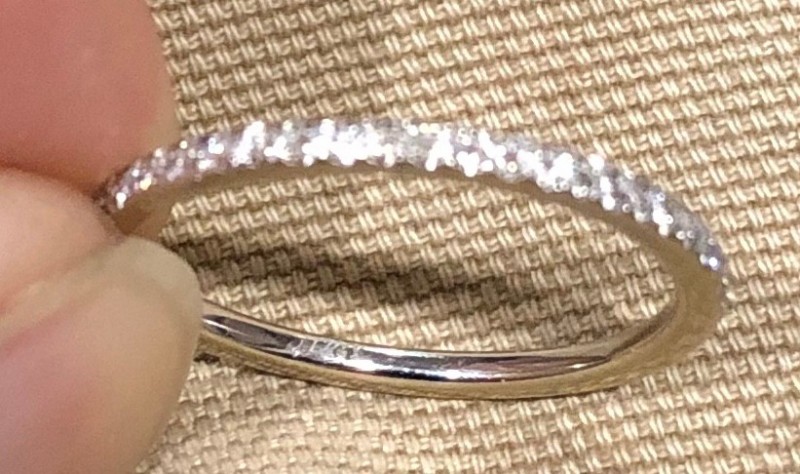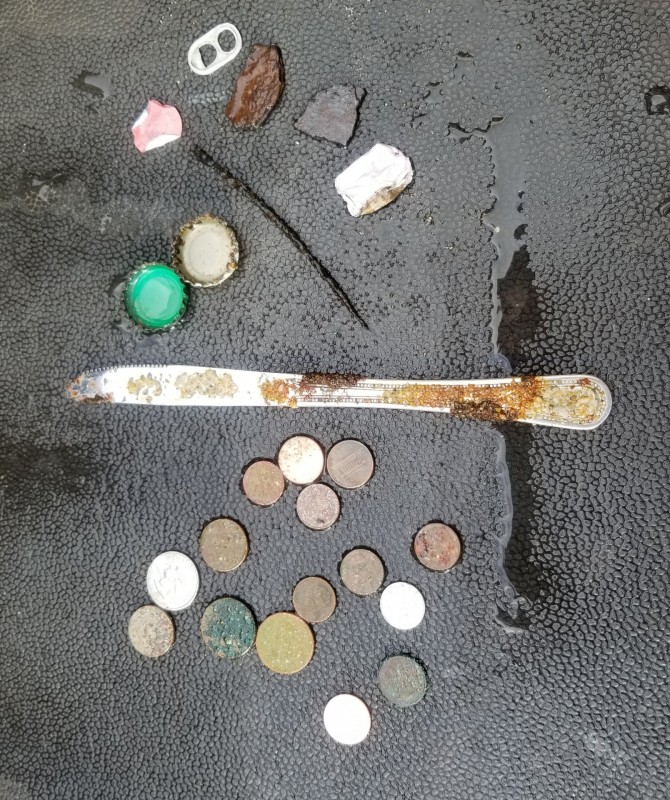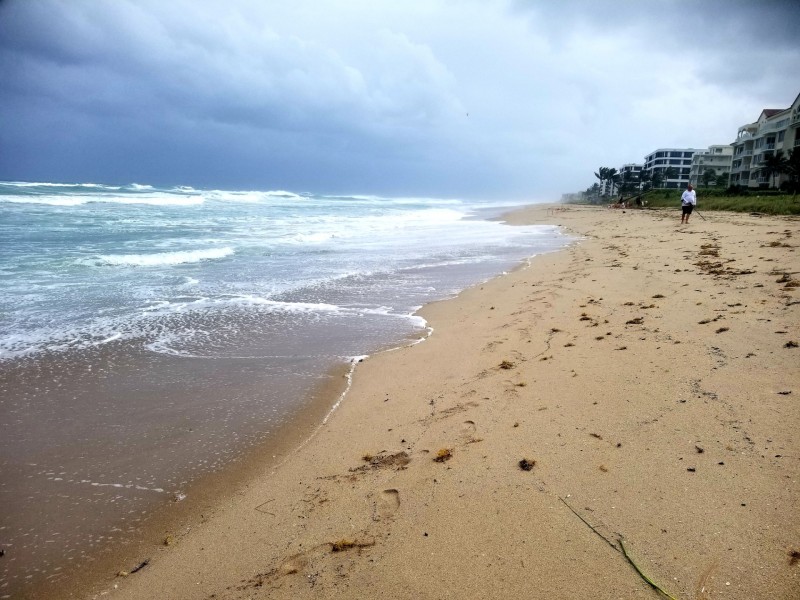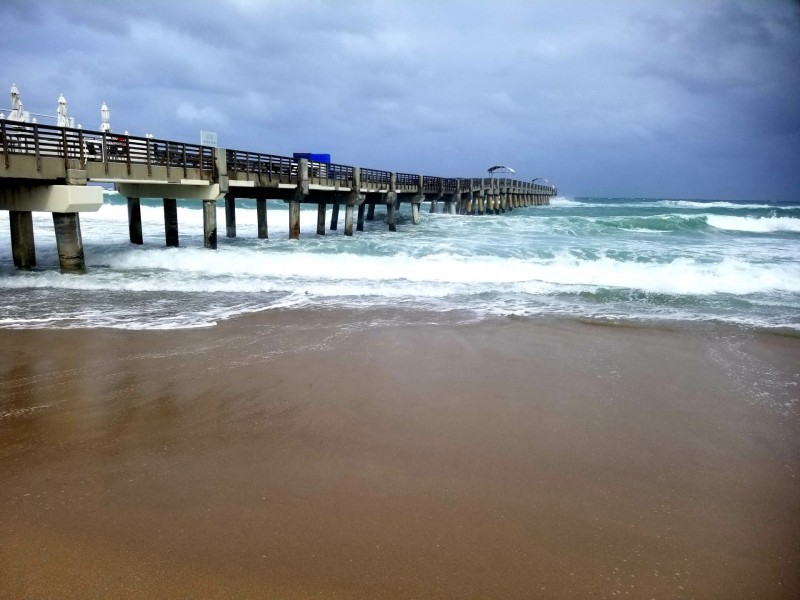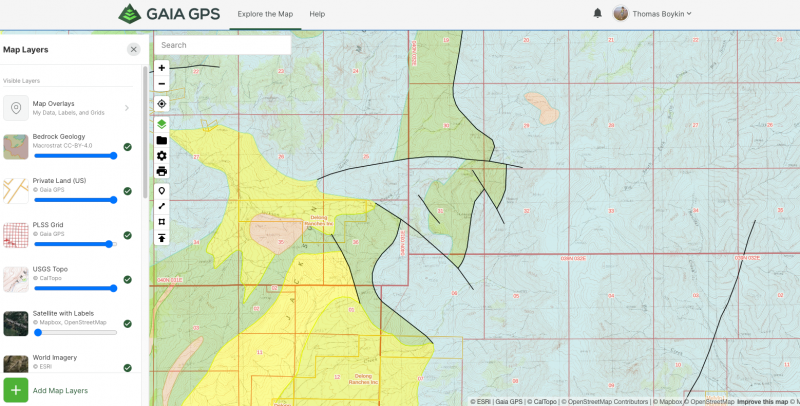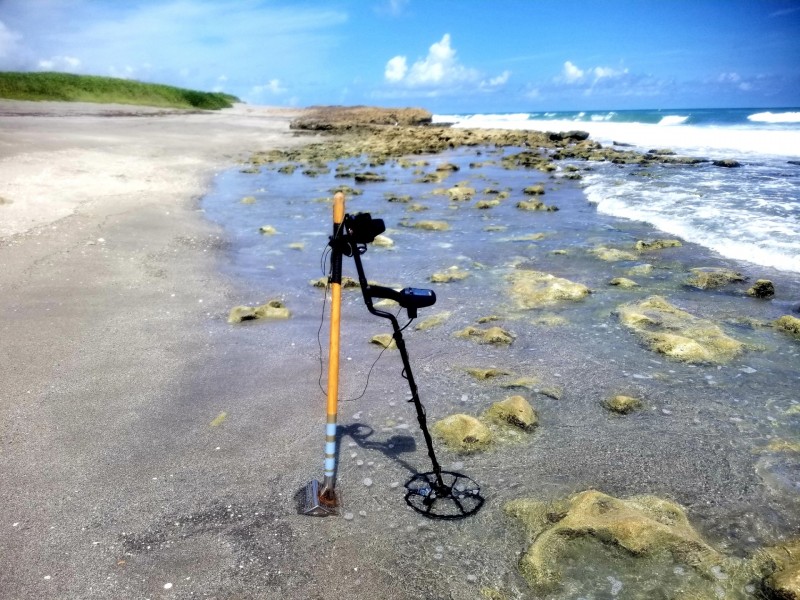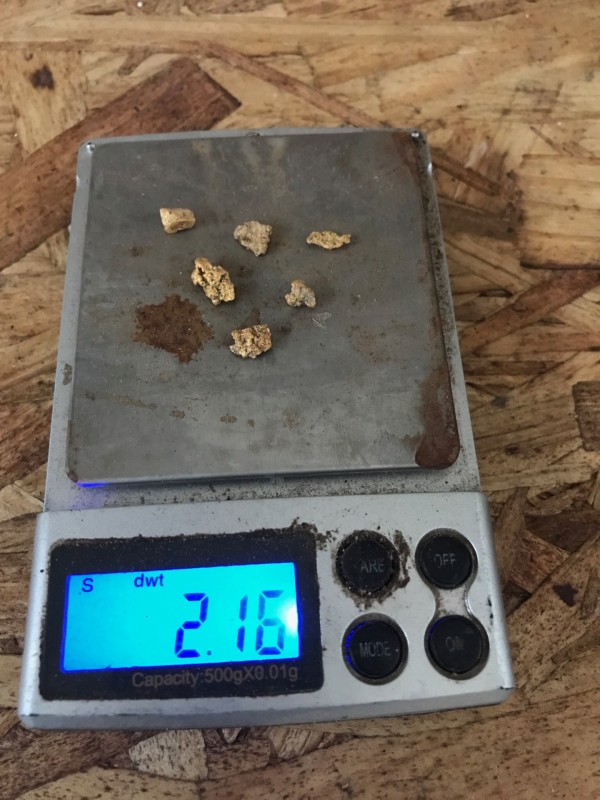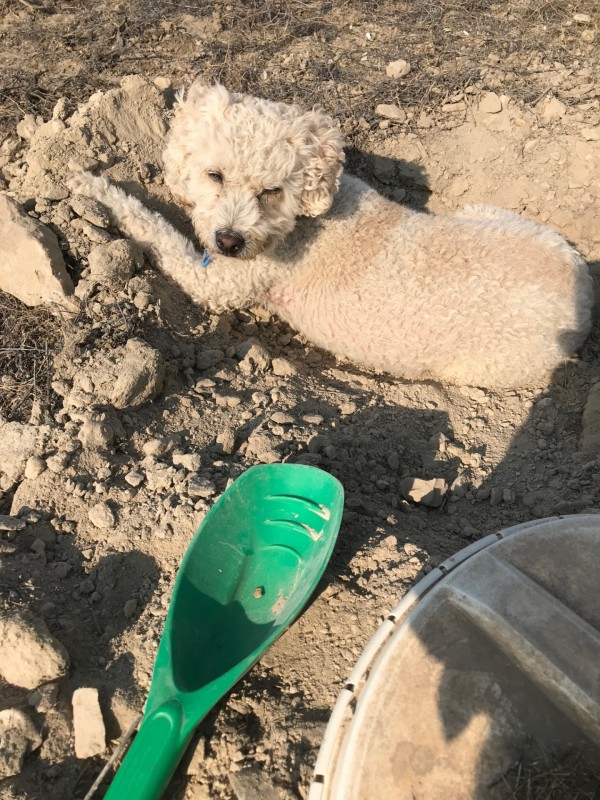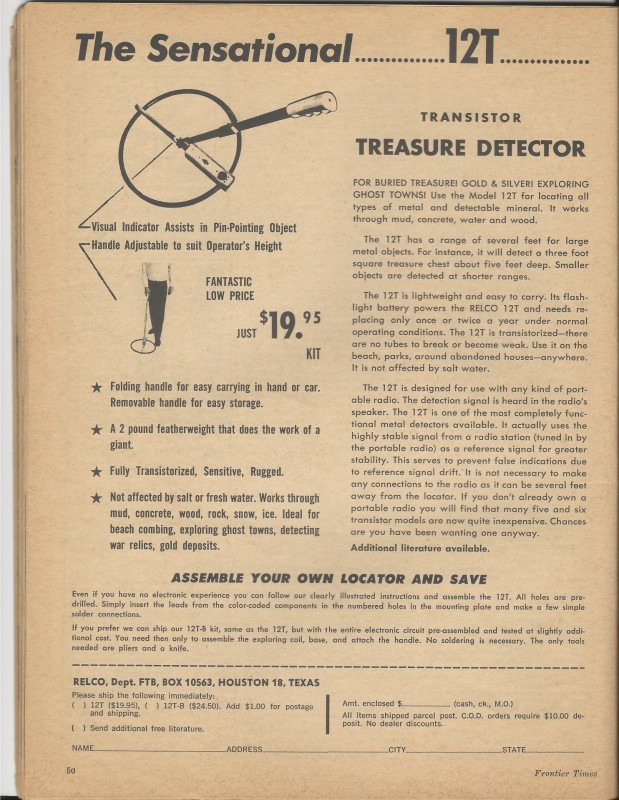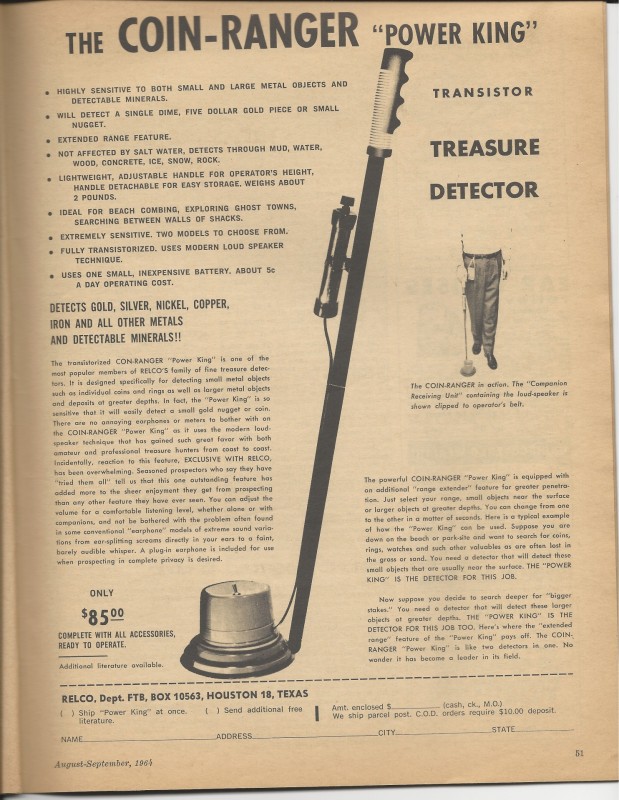Leaderboard
Popular Content
Showing content with the highest reputation on 09/22/2020 in all areas
-
Got out for some mind clearing routine dry and wet sand beach hunting, hoping some late season gold drops would grace my scoop. Was using the Deus in full tones, 9" round HF coil, 14khz full tones as that combo really helps ID aluminum trash well. Was digging the requisite clad and junk jewelry and other odds and ends and scooped "called" pull tabs and crown caps, just to be sure. I've found that being able to call the target on sand doesn't mean I won't scoop it. It just sets the proper expectation when you pull that crown cap or pull tab out of the scoop. Got an odd high 70's hit and saw a round quarter sized target on the sand caked in sand and corrosion. I thought that target sure didn't ring up like a coin much less a quarter, and I was right. It wasn't a quarter...a closer look revealed a shield and a date - "1864" through the pale green crud which must have been affecting the signal. Sure enough, I dug my first 2 cent piece in a very unlikely place. Wish it could talk and tell me how it got there. But I won't look a gift horse in the mouth and just thank the detecting gods for my weird but good fortune.19 points
-
Tried a different lake today and only found a couple of dollars in clad but got my 6" coil over another gold chain. Shockingly to me, this one was also closed up and rang up a solid "1" TID. I had company as 2 other hunters got within 20 feet of me in a swim area that was ,at least, an acre in size. Seems like bad form to me but at least the one guy moved away when I said something to him. I didn't say anything to the other since I had just found the chain and crucifix which reminded me to be a little more tolerant and he moved on a short time after. Loving the Nox for fresh water and wished I felt the same way about at the beach but those "Beach" modes on the Nox just aren't working for me- yet. GL&HH!8 points
-
The wet beach sand didn't produce much early this morning so I took a few swings around the dry sand on my way back to my parking place. I was using Park 1 at 20-21 and switching between multi and 4khz to know what I might be digging. I do think the multi is deeper and I found some clad in the same location with maximum depth of 8" I think. What is the little heart/star piece? I put the coins in my pouch and didn't know I had a silver until I checked them at home. I don't know exactly which hole I dug that resulted in the quarter (1946). The nickel is a 1936 Buffalo and the penny is 1952. I'll go back.7 points
-
I am a big fan of the White's SignaGraph display. A version 1.0 was originally developed for the Eagle Spectrum. The Eagle Spectrum underwent a complete hardware revamp, and was renamed the Spectrum XLT. A more refined version 1.1 of the software was matched up in the XLT with a much better LCD display. The SignaGraph was also used on the DFX, and was largely the same as on the XLT, with the addition of multifrequency options. The SignaGraph was later greatly enhanced on the V models (Vision, V3, V3i, VX3) and renamed the SpectraGraph. The genius of the SignaGraph/SpectraGraph is the ability to display multiple target id numbers at the same time, and even to choose how the target id number is determined. Here is the SignaGraph explained by its designer, engineer Mark Rowan. More details can be gleaned from the White's XLT User Guide. Spectrum XLT Engineering Note The SignaGraph™ "Phase Spectrum Analyzer" by Mark Rowan Some time ago, I had a conversation with an avid treasure hunter whose instrument of choice was White's Eagle II SL 90. He described to me a technique with which he could discern pull tabs from rings, nickels, and other desirable targets by listening for some subtlety in the audio response. Then he asked me, "If I can do this, why can't you program the Eagle's microprocessor to do it?" My response was, "If you can do it yourself, why would you want the microprocessor to do it for you?" I mention this as a means of illustrating what I consider to be the metal detector designer's fundamental dilemma, which is, as Prince Hamlet might have phrased it, "To beep or not to beep". More specifically, if you're faced with a target at some depth in badly mineralized ground and the detector has a hard time getting a solid reading on it, what do you do? If you design your detector to ignore the target, and then someone comes along with their El Cheapo brand detector and digs the target, which just happens to be a $10 gold piece -- you're in big trouble. If, on the other hand, your customers find that they're spending most of their time chiseling through eight inches of hardpan and finding bent nails and wads of aluminum foil, you're not much better off. The point I was trying to make with the gentleman who had devised the clever pull tab discriminating scheme was, that if you put too much of that kind of "intelligence" into your metal detector, there are always going to be those targets that you miss because the machine got fooled. Which brings me, of course, to the newest White's model, the Spectrum XLT. The Spectrum XLT has all of the features, performance, and flexibility of previous members of the Eagle series, plus a new display which makes the instrument remarkably easy to use. It also makes use of a new way of displaying information about targets -- the "SignaGraph™ or "Phase Spectrum Analyzer" -- which shows the operator everything that we currently know how to display about the characteristics of metallic objects in the ground. In this way, we have gone a long way towards addressing the dilemma I mentioned earlier. The Spectrum XLT is a very "smart" detector, but it is also an "honest" one. Having done the best it can to determine the probable identity of a target, the Spectrum XLT gives you all of the information you need to make your own decision (human beings are, despite what you might have heard, still a whole lot smarter than computers) to dig, or not to dig. Before I begin to describe in some detail what the SignaGraph™ is and how it works, I should emphasize that you don't need to know how it works in order to use it effectively, and that the best way to learn how to use it.... is in the field. In a very short time you will begin to recognize certain display patterns as being characteristic of certain types of targets. I should also point out that even if you ignore the SignaGraph™ altogether, this instrument still has the audio discriminator, V.D.I. number, that its predecessors had, plus the icons, and some significant improvements in terms of weight, physical size, and ease of operation. White's SignaGraph display For many years, White's has built detectors which identify targets based on a V.D.I. number (V.D.I. stands for Visual Discrimination Indicator) which characterizes metallic objects according to their size, shape, and composition. The V.D.I. scale on the Spectrum XLT runs from -95 to +95. Large positive numbers typically indicate objects which are good electrical conductors; for example, silver dollars will come in at 92. Smaller positive numbers usually indicate objects which, because of their size, shape, or composition, are not as conductive; nickels will read about 20 and aluminum foil may come in near 5. Large negative numbers are typical of targets which are readily magnetized, but which conduct electricity poorly or not at all. Some sands or soils which have a high concentration of ferromagnetic minerals may read -93. Metals containing iron have both magnetic and conductive properties, which causes them to spread over a wide area of the scale, although most typically iron objects will fall in the range -30 to -75. The V.D.I. reading is an excellent way to determine the identity of most commonly occurring targets, although I might mention in passing that the only 100% reliable discriminator is called a shovel. However, as a famous metal detector engineer once said, "Life is grossly unfair" (actually, there is no such thing as a famous metal detector engineer, and life really is fair, it just doesn't want anybody to know). For one thing, the signal which a detector receives back from even moderately mineralized ground is typically much stronger than the signal it receives from the targets buried in it. This makes determining an accurate V.D.I. number for a target at any substantial depth a very challenging business indeed. Furthermore, some targets will cause an abrupt change in V.D.I. response during the course of a single pass under the loop; the most notorious of these are the dreaded bottlecap and the dreaded small piece of foil near the surface in bad ground. Enter, as they say, the Spectrum XLT. The SignaGraph™ is very similar in some respects to the familiar analog V.D.I. meter. The display is calibrated from left to right in V.D.I. units, from -95 to +95. When the loop is passed over a target, a V.D.I. determination is made, and a vertical bar is placed at the appropriate place on the scale; near the right end of the scale, say, for a reading of 78. So far, this is just what an analog V.D.I. meter would do. At this point, the similarity ends. An analog meter can indicate only one value at a time; with the SignaGraph™, up to 30 readings can be displayed simultaneously. Also, the vertical height of the bars in the display has significance; the height can either be used to indicate signal strength or a running total of the number of readings at that point on the scale ( the operator may choose which of these two indications is to be used). The advantage of this type of display format becomes evident when the loop is passed over a bottlecap or some other flat, thin iron object. Although the instrument may respond with a loud, clear audio output, and the V.D.I. readout may register a value near the upper end, the SignaGraph™ will tend to "smear out"; numerous segments will appear throughout the display, many or most of them in the negative (typically iron) range. Try the same things with a coin, and you won't see the "smear"; typically you will see 1-3 bars grouped closely together near the top end of the scale. If any smearing does occur, as it might on a deep coin in bad ground, the more accurate readings will stand taller in the display and will tend to persist from sweep to sweep. Another unique advantage of the Spectrum XLT is the ability to make use of information gathered during the course of multiple sweeps of the loop. For years, clever detectorists have realized that by passing the loop over the target repeatedly and mentally keeping track of the range over which readings appear, and the most frequently occurring numbers within that range, they can achieve the highest possible accuracy on really tough targets. The Spectrum XLT performs this operation automatically. The standard mode of operation is the so-called "Graph Averaging" mode, in which a continuous count is kept of the number of readings that fall into a particular slot in the graph. This might also be a good time to mention that more than one V.D.I. determination is made during the course of a sweep; sometimes as many as 6 or 8 readings will be taken during a single pass, so it only takes a couple of sweeps for the effect of averaging to become significant. What you will see in the field will be a single bar on the display which will "grow" until it stands out prominently above the other bars on the display. Although it is not necessary to adjust them, there are a number of controls that allow you to customize the way that the graph is displayed. It can be set up to clear itself on each sweep of the loop, if you find that too much information is persisting in the display for too long. Or, you can configure it to let the vertical bars fade slowly out of view. Even the rate at which this fading takes place is adjustable. If you don't want to be bothered with any of that, then don't be. The factory preset settings should work just fine for almost anyone. For those of you who want to know an explanation of Accumulate, Average, and Fade, one is included in this Guide. If all of this sounds confusing or mysterious to you, allow me to put your mind at ease. The Spectrum XLT is one of the simplest-to-operate detectors you will ever use. I shall describe just how and why it is so easy to use momentarily; but before I finish talking about the SignaGraph™, I want to say it one more time-- you don't need to be a Nobel Prize candidate to figure out what the display is telling you. The usual response from somebody seeing it for the first time is something like: "Okay, I get it now. Now leave me alone and let me hunt!" What is it that makes the Spectrum XLT so easy to use? The key is something that is known in the software business as a "menu-driven interface". To implement that, we have used what is known in the display business as "A True Graphics Display". What all of this means to you, the user, is that all of the controls and options are listed clearly in plain English on the display. A flashing arrow appears on the screen next to one of those options; you can move the arrow up or down with the two "arrow" keys on the 5-key touchpad. When the arrow is next to the control you are interested in, you push the ENTER key. That is everything you need to know to run this machine. If you are like me and you hate reading instruction manuals, I believe I can safely guarantee that you will be able to operate the Spectrum XLT successfully your first time out without ever having to open the cover -- although the manual should be extremely helpful if you want to fine-tune the performance of your detector by adjusting any or all of a rather lengthy list of professional options. Incidentally, another name for this method of running a machine is the "point-and-shoot" method; you point at what you want, then "shoot" with the ENTER key to make it happen. Finally, for those in a hurry, there are a number of "shortcuts" designed to make accessing commonly used features as fast as possible. What makes the Spectrum XLT even easier to use are the factory preset programs (like those in previous Eagles) which you can load with just a few simple keystrokes, following the prompts in the display. These programs configure the machine automatically so that the beginner or casual treasure hunter can expect a great deal of success over a broad range of conditions. Any attempt on my part to detail all of the advanced features and controls which the Spectrum XLT has to offer would probably leave me with blisters on both of my typing fingers. Suffice it to say that all of the features we have had in previous state-of-the-art detectors are here in this one, plus several new ones. Most of the features are there because somebody asked for them -- the moral of the story being, keep those cards and letters coming, and we will continue trying our best to give you the kind of detector you really want. Mark Rowan was a Senior Engineer for White's Electronics, Inc. Mark holds degrees in General Science, and Electronics Engineering Technology, and is a graduate of the University of Oregon. His background includes satellite communications and RF test and measurement instrumentation. White's SignaGraph examples from Spectrum XLT manual3 points
-
If you haven't tried it, experiment with different pitches (audio frequencies) for your beach mode. (I assume you've already adjusted the individual tone volumes, if they weren't set on max = 25, that is.) I've noticed that in Park 1 (presumably the same audio electronics -- don't know about default pitches since I don't use them), some pitches come in louder than others for me, and it's not the obvious relationship of lowest or highest being best/worst. I've found that some intermediate frequencies seem quiet (relatively speaking). You get 25 to choose from! My hearing is pretty good but obviously everyone's hearing deteriorates with age, mine included. Thus I don't know whether its my specific hearing characteristics or the Equinox's circuitry, etc. Can't hurt to experiment, though. You can always do a mode-only factory reset if you don't find something you like.3 points
-
Hurry, Hurry--Only 9 of these left on Amazon! I got one and it sure is the real deal. I wasn't using my F-19 much and sold it a year ago, but I still had 3 aftermarket coils--13" Ultimate, Nel Snake & Sharpshooter. so I had to jump on this deal. I decided to set it up differently setting the tone break at 39 and volume at 13. Seems like it's faster than the older F19 and in the iron-littered mining camp I go to nearby I found a couple old Levi rivets, an old encrusted wheat penny--looks like 1934 plus other small copper, & brass bits. But round, very rusted can tops and bottoms sometimes don't give a low tone when pulling the coil away. Used the Snake coil. Have had many different detectors between these sagebrushes and I know lotsa people been here, being a genuine NV ghost town.3 points
-
Lanny I assure you I too dream of the perfect lightweight form factor detector that has the performance we’ve all become accustomed to since ML released its first PI back in 1995. Hopefully new ML detectors coming out will follow the Equinox 800 which eloquently combines both desires/needs.😎 JP3 points
-
I know there's already a bunch of stuff written on iron masking. But there might be some new readers that could benefit. Over on Monte's forum I started a discussion on iron masking didn't get a lot of response but Monte did write some very informative responses if you want to visit the topic on his site it's under the relic/old site hunting section. Here's the video. Would love any additional comments on the subject if anyone would like to interject. I'm no expert and certainly don't know everything about every metal detector out there so I'm open to any constructive criticism or comments.2 points
-
I got my first chance to take the Apex out for a test drive in a local park. I chose U.S. Coins mode because the area I was hunting is home to a Carnival with Rides and Game Booths every year. I must say, it ran fairly quiet until it hit a target. I will most likely use Zero in the future as the “Pre-set” modes may have more discrimination than I’m used to. Or I could “Accept” some of the blocked-out segments to create a “Custom” Program. Overall impressions: Simple, nice and light weight, well balanced, easy to adjust settings plus the Wireless Audio that you can hear your Pin Pointer through! However, I watched a You Tube video of a hunt at a Boy Scout Camp. The videographer mentioned that the Depth Gauge seemed to be “off”. I experienced the same issue. One target read 4” when it was right under the surface. This happened more than once. My 1.5 hours netted me some Clad coins, a Cinemark Token, a Fleur-de-lis snap or button cover and three strange washers. I only found one other piece of “junk” which appears to be cast Aluminum. Comparing it to the Minelab Equinox Series would be a bit unfair. While they share similarities like Simultaneous MF, GB, Noise Cancel (Frequency Shift) and Preset Programs including Beach Mode, that’s where it ends. The Nox has way more Features and Adjustments putting in a completely different league altogether! The APEX is simply an entry level Multi-Frequency Metal Detector for those starting out or an upgrade for the many Ace Enthusiasts. I’ve mostly worked with the White’s TRX which reads off the tip. It will take some time getting used to the 360 degrees of the Garrett and Nokta Pin Pointers. My only real concern other than the Depth issue is what problems, if any, may occur due to them being put together so quickly to fill the many preorders and back orders.2 points
-
There are a lot of feature similarities between the XLT/DFX/V3/V3I/VX3. I often reference DFX docs to help further understand my V3 features as many of the performance features are the same.....maybe setting differences but actual functionality is the same...ie. Hot Rock Reject for example. Thanks for including this XLT information. HH Mike2 points
-
Pretty good test, as air tests go. I would have liked to know the individual settings on the machines to see if we're comparing apples to apples. Coil size is another variable that skews the test. The last test didn't show what the 11" Equinox coil would do, and I don't know what the recovery speed or iron bias settings were either. I often hunt around fire rings at the beach and find by moving the coil real slow with high recovery speed and high iron bias settings, you can pick good targets out of a carpet of nails. Not uncommon for me to get a slight high tone chirp among the iron grunts, scoop, and find a dozen nails in with a coin or other non-ferrous target. Naturally, the smaller the coil, the easier it is to do that, but, even with the 12X15" coil, I can still hunt effectively in that situation. You just have to really slow down and when you get a chirp, barely wiggle the coil to lock in on the good target. A full sweep won't do it.2 points
-
Sorry here is the link. Iron Masking2 points
-
You get it in a grocery stores. I don't know what it used for but I like to heat first and when when you put the coin it it bubbles like crazy and dirt pops right off. I only use it on copper coins. I soak it for a few hours.2 points
-
Kac - "In the manual says I need a wireless module to connect the headphones to the Gold Kruzer. Problem is the case I have doesn't have a port on the side to plug a wireless module" No, the wireless in the Gold Kruzer is built in. You can just pair the headphones straight up. Earlier machines had the plug in wireless hole, but only a blank was in there. When you bought wireless headphones, you'd get a wireless dongle that you can insert into the side of the control box. Later machines started to incorporate the wireless into the control box so a dongle wasn't required, and the hole or slot was blocked off. The only issue that arose was if someone with an earlier unit bought a set of wireless headphones, and it didn't come with the dongle. This only happened with a couple of my customers, and I just sent them a dongle and all was sweet.2 points
-
Thanks! It's taken me a while to get to know the 800 and I'm still learning. It's the first programmable detector I've ever had and the first with a visual display. Water hunting takes some getting used to but can be pretty productive. Good luck!2 points
-
Fantastic find, I am going to have to get to a lake around here to give it a try. I am still trying to learn this 800 and want to get something other than trash. Good luck on your next hunt.2 points
-
Excellent find on the chain and crucifix! I hunt 99% of the time in beach modes and they work just fine for me!2 points
-
On our OZ Makro/Nokta website they quote the Gold Racer being compatible with the Green headphones on serial numbers greater than 6916, similar case with the Racer 2. Looks like only the Racers preceding the mentioned serial numbers run with the optional wireless dongle. Though looking at both the Race and Gold Racer packages, they no longer include wireless headphones in their packages/pro packages, just wired ones. I think the way they get around it is by offering the Ezy Wander wireless module as an accessory to enable the use of wireless headphones.2 points
-
2 points
-
I agree! Very Good Report and day out...! Once you get in tune with the AQ it's like you don't want to use anything else..2 points
-
Nice old finds! I only found some green clad and pennies this afternoon on the receding tide! No cuts; beach was wide and flat, but better than the last couple months! Keep at it!👍👍2 points
-
1 point
-
Congratulations Chase! that is the wonder of this hobby I enjoy so much, never knowing what you may find and where it is found sometimes becomes a mystery of how it found its way there. We can imagine so many possibilities but we probably will never no the real travel of that coin. Keep searching that area, birds of a feather do flock together. Happy Hunting!1 point
-
Andre’s Pencils look really good for cleaning. The looks great after you cleaned it.1 point
-
Bit of low water at the town water supply, can't wade there but had some shorline to poke around. Tough with all the rocks they added to combat the erosion taking my time payed off. Should be more to pick out amongst the sinkers, miserable 22 casings etc. Used the Makro Gold Racer for this hunt. I like the stable id's and smooth threshold, ground is all over the place from 20's-80's and lots of natural iron.1 point
-
Hitting a NEW PERMISSION, fields surrounding a Manor House with the Nokta Makro Simplex, Minelab Vanquish and Garrett Apex1 point
-
So far, Andre’s Pencils and some Scrubbing Bubbles solution. Will take any advice for further cleaning the obverse crud, but may just leave well enough alone at this point as the detail is mostly sufficient and still retains some of its “dug” patina personality.1 point
-
Armed and ready to give somebody your two cents worth! Nice sharp find, should clean up well.1 point
-
Wow, what a cool find in an unlikely place! Congrats!1 point
-
That looks like it is in great shape especially being in the salt. Congrats!1 point
-
I have the Gold Racer with no apparent ports for the wireless module and Nokta doesn't show any module on their site so thinking Jeff and Goldpick might be right on the Ez Wander option. I got the Gold Racer over the Gold Kruzer for the 56khz vs 61khz. I feared the 61khz would give me problems with EMI in many of the areas I hunt as EMI is a big issue with most my detectors. So far the Gold Racer has been pretty much EMI proof in these areas. I plan on getting a larger coil for it which is also an issue as 3rd party coils for the Gold Kruzer are non existant and the 13x15 is just too big. I'll still wait to hear back from Nokta and if I need an external wireless option I'll most likely get a z-link with headphones and the carrot.1 point
-
Great find and glad you got it. Good luck on your next time out.1 point
-
1 point
-
Chase, Was that a fresh water lake?? Awsome find!! Looks in very good shape!👍👍1 point
-
The earlier Racer 2 and Gold Racer models did not have the wireless module plug in slot. Only the later ones had it. If you don't see a slot on the left side of your Gold Racer it cannot be paired to the Green headphones or any Nokta Makro wireless headphones. No slot, no plug in wireless module capability. Buying a wireless transmitter and headphones from Quest, Garrett or getting the Nokta Makro one is a possibility. So is buying a bluetooth wireless transmitter and headphones by Trond or several other companies. I tried to steer you towards the Gold Kruzer instead of the Gold Racer for this very reason.........1 point
-
Nice Dan, you have way more patience than I do. You really cleaned that place up, good finds too, congrats1 point
-
Hey Lucky great finds. I met up with you last June just after Gerrys outing. Yep I was in the motor home up at the barrel. LOL you came by to say hello to me and my dog the yellow lab. I still have the little tiny picker you gave me, so I was not skunked. Great the here you left Kalifornaki. My cousin is getting ready leave the Mt Shasta area, I think. Lots of people running away from the left coast. Oh and I took your advise and bought me a Gold Monster 1000, for that tiny stuff here in Colorado. Take care it was a pleasure. CH1 point
-
Really enjoyed your pictures of the gold you found, as well as of your little dog. Nicely done, and all the best, Lanny1 point
-
Got a chance to try the AQ on the wet slopes at one of my beaches. I spent most of the day waiting for a low tide so I could see how the AQ performed for me. This beach is generally protected, so the beach does not get ripped up very often from storms. The first part of the day was using my GPX for the dry sand. Late afternoon I spent 2 ¾ hours on the wet slope with the AQ. I ran mute exclusively with 7.5us. It ran very stable with almost no end of sweep falsing. Really nice and smooth. I am still learning, so I dug everything I heard (and even a couple of nulls) which ended up being a quarter and a toy car. The hair pins and long thin wires all gave a double beep, I will be passing on digging them from now on. I will probably live with digging the bottle caps as there are not as many on the wet slopes as there are on the dry sand. I did find 2 rings and was hoping for gold but stainless 316 and aluminum is all I could muster up. They did come in very strong and were in the 10-12” range. All in all, I am happy with the performance of the AQ and I am sure when I get some hours under my belt, I will be more confident in what to dig. I rarely give up on digging a target once I start, but I had to leave a nice deep small target. The water was filling up the hole and the sides caved in so many times that I gave up on it. This area of the beach has a layer of fine sand followed by a layer or small pebble and shell. The next layer has larger rocks locked together tightly. A small target was located somewhere in that last layer. Using the edge of the coil vertically as a pin pointer on the AQ works excellent. What does not work at all is Garrett's pin pointer in water. Even balancing it to the water does not help. I think if I had a better pin pointer, I would have located that target. Also, I am really liking the ease of using the AQ. It does not take you long to get used to how it works or how it sounds. I think it will work well for my type of beach hunting.1 point
-
Nice report on the AQ. I think when they are finally released to the general public, a lot of people will be lined up waiting to purchase.1 point
-
1 point
-
Hello all, I got out this afternoon on the receding tide, at a nearby beach to see how the waves were affecting the beach! No cuts, but they were pulling sand to the south at a decent rate! Beach was wide and flat, tilting to the water! I used the G2+ with the stock "pinky" coil today! It did not come with a coil cover, so i ordered one, and got it a few days ago! It worked great, with the only falsing being when i hit it on the sand, or a wave hit it! Here's an hour and a half of hunting, with one other detectorist out near by!👍👍1 point
-
My nephew spent two seasons trying to find that treasure. He saw some beautiful places he otherwise never would have seen, and it got him motivated to do something outside of what he normally would have done. Regardless of what happens to the find/if the find was real, etc., it generated a ton of interest and a sense of adventure for many people. As for those that died, that's truly sad, as it is when anyone dies in the pursuit of anything they take a keen interest in. All the best, Lanny1 point
-
I usually stay away from the wet sand mostly because it does so good in the dry areas, depth wise. In the wet sand It seems to get less depth (maybe just imagined 😄) with my settings. Kind of just the opposite of what I'm finding with the Fisher AQ which seems to be excellent in the wet sand for depth, but less so in the dry.1 point
-
That is why 2 of my 3 pinpointer's are PI's! The third is the carrot, which hardly gets used! My Treasure Products 585 is my goto, and my PulseDive is the new kid in the arsenal! Nice pickup on the stud earring! And ring!👍👍 '1 point
-
Um, well OK then . No one seems to be able to take anything at face value anymore. Wonder why that is? It seems if people don't get they're way, they chalk it up to some conspiracy. Seems like that is what many of the Fenn Treasure Seekers have done now.1 point
-
1 point
-
Got out again today with the G2+ and 13" Ultimate again! Read the manual, and watched a few YouTube videos for startup! This is the beach i last used the Nox 800 at, when the erosion was better! But this was more of a testing run, than a hunting run! Good thing, because there wasn't much to find! A lot of sand had returned! It tuned pretty well, considering i was using it in the wet sand and a few inches of water! Any more than that, and the detector would overload! The farther i got from the water, the more stable it got! As long as i didn't bump the coil on the beach, i was able to keep the gain up almost to max! I did have to keep rinsing the coil off every few minutes, because my walking kept loading the coil with wet sand, to where it felt like i was swinging a couple of bricks! You would think with the very thin profile of the 13", that it would slide right off! No! Just kept building up! About the only thing i have left to do is mount my counterweight on it, that i had on the Nox! Next up will be the Nel 3.5×6.5 on it, in a local trashy park; and or beach! Stay tuned!!👍👍1 point
-
I was back out to Rye Patch for a short hunt with Condor, Steve from Yuma! It was in the mid 90’s for this hunt and needless to say it takes a toll on your mental ability and cold water supply! But, we both found some color! Here’s my slim pickings poke and looking for cooler weather and more quality time behind my coil on some of my favorite grounds. Until the next Hunt! LuckyLundy1 point
-
After reading many sad recollections of White's Electronics and the lamenting of the state of metal detector companies I was wondering what things were like back in the beginning. I happened to see and subsequently acquire the Annual Treasure Edition of Frontier Times Magazine issued in September, 1964. Although you need to go back to the 19th Century to find the real beginning, this is about the time that metal detectors became both portable and affordable (thanks to the recent development of low cost solid state electronic components -- transistors and diodes). In addition to five full length articles, here's a summary of the ads (full page all the way down to 2 line classifieds) in this issue relevant to the general topic of treasure hunting: Published materials -- 25. Build-your-own instructions -- 1, Panning, sluicing, etc. -- 3, Multiline dealers -- 3, Clubs -- 2, Scams -- 5. Besides those, here's a listing of metal detector manufacturer ads with state of location. See how many you recognize -- order is as found paging front to back: Raytron (CA), Relco (TX), Fisher (CA), White's (OR), Metrotech (CA), Art Howe & Co (KS), D-Tex (TX), Gardiner (AZ), IGWTT (NM), Goldak (CA). (Carl probably has at least one from each company. ) The only one of these with an ad of any size (second largest was D-Tex's 1/4 page) is Relco's two page spread shown here: Noteworthy in its absence is Garrett. According to Charles's 2015 obituary, the company was formed in 1964 so they were likely still a year or two away from their first ad. Adendum: I've added a scan of the White's ad later in this thread. The very small Fisher ad showed (in tiny drawings) part of a modern style detector and a 2-box, but hardly any detail.1 point





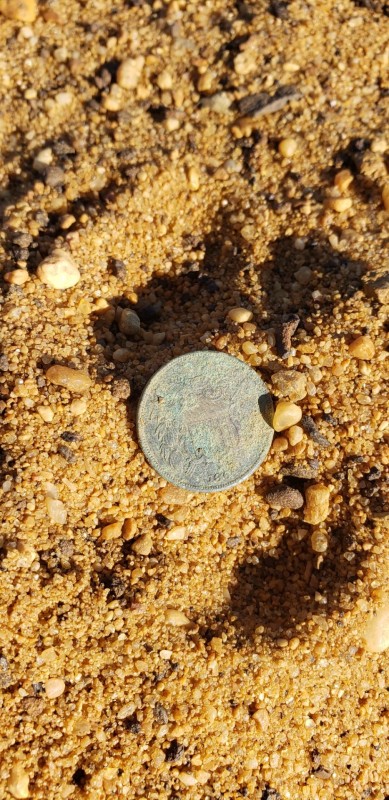
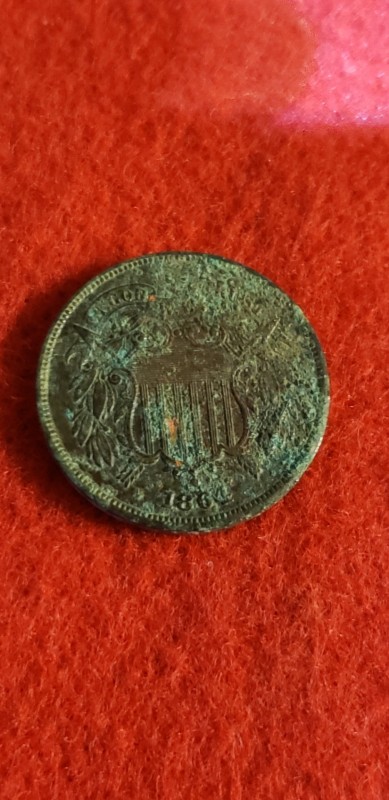
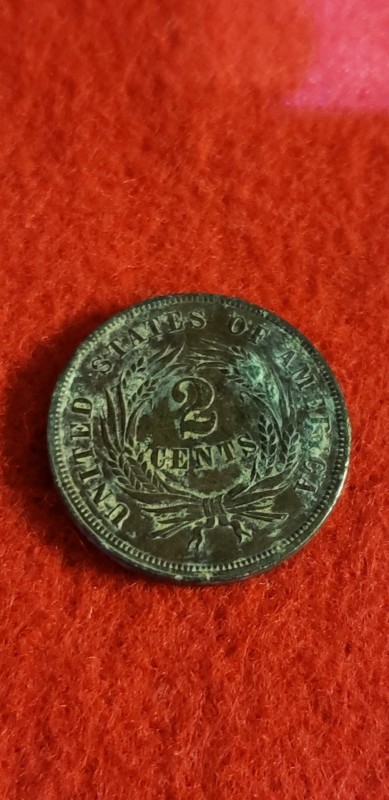
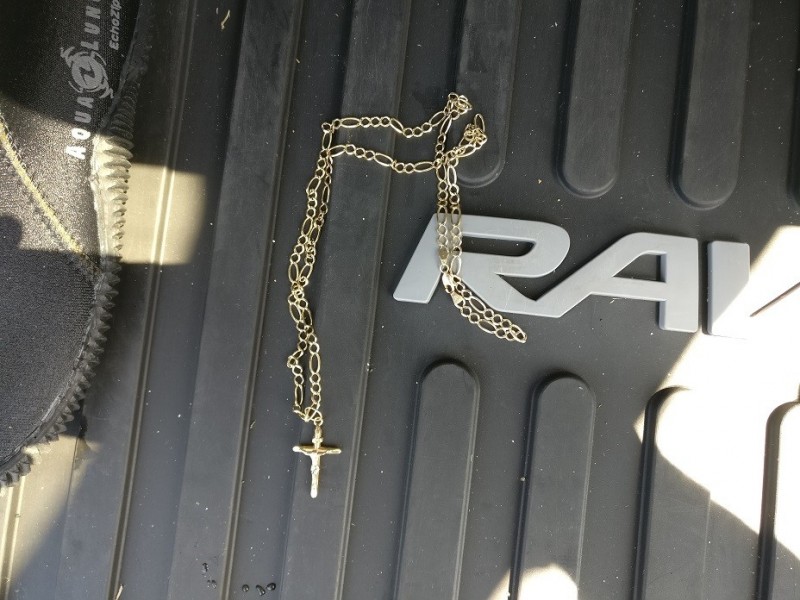
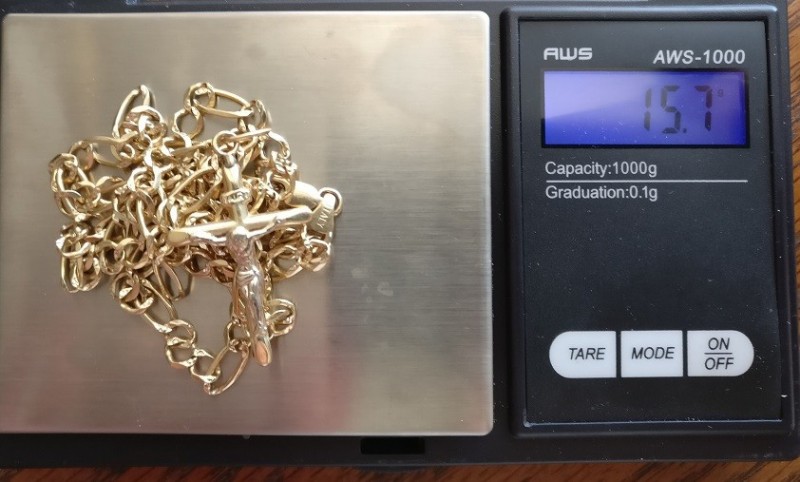

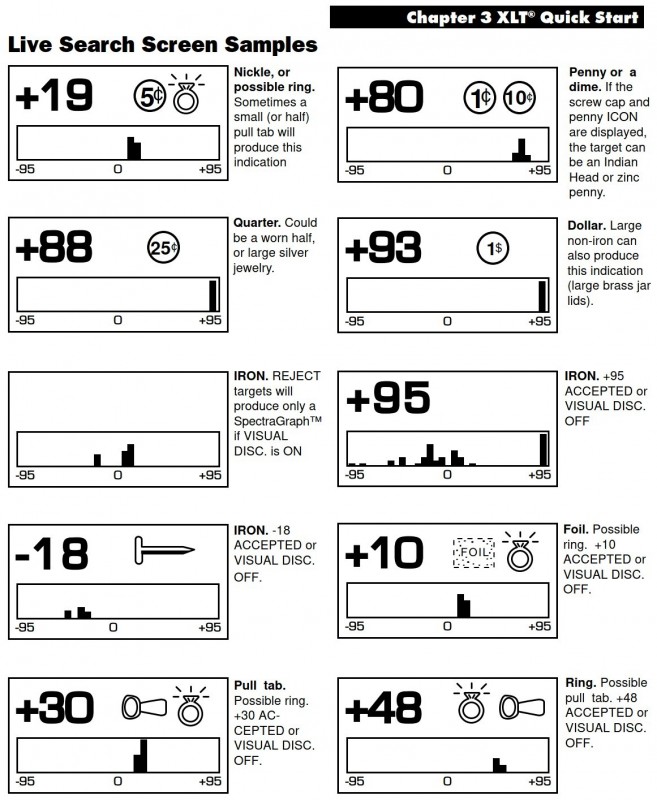
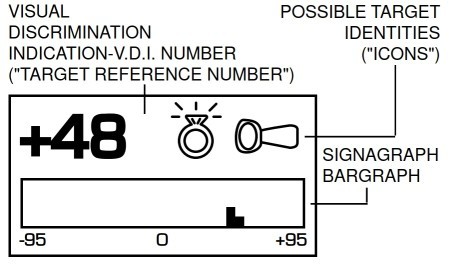


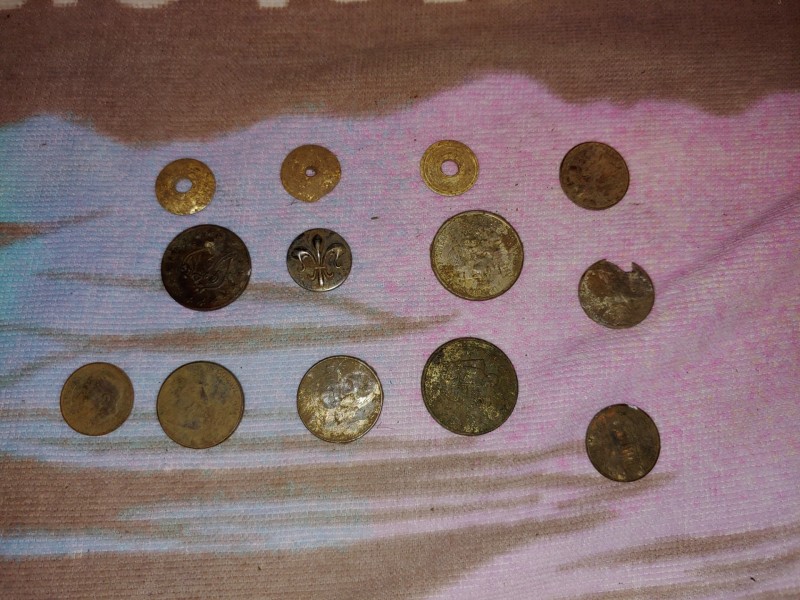
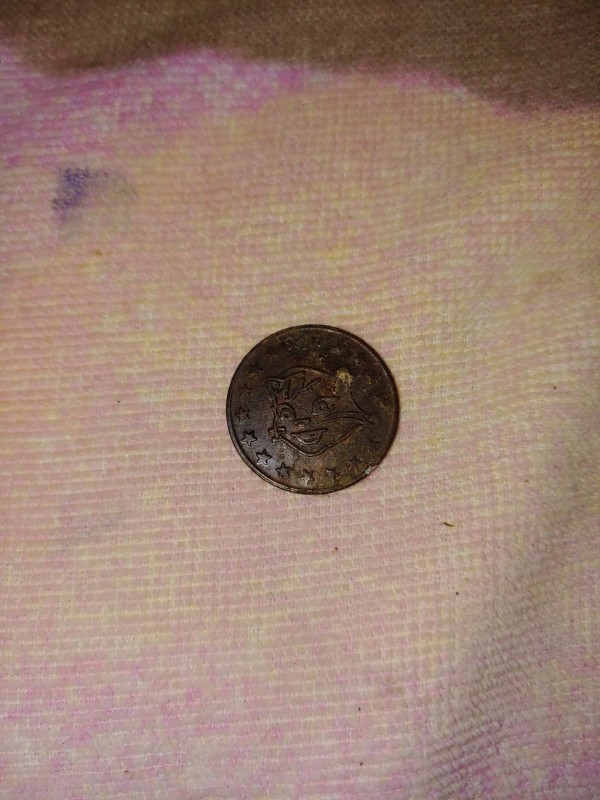
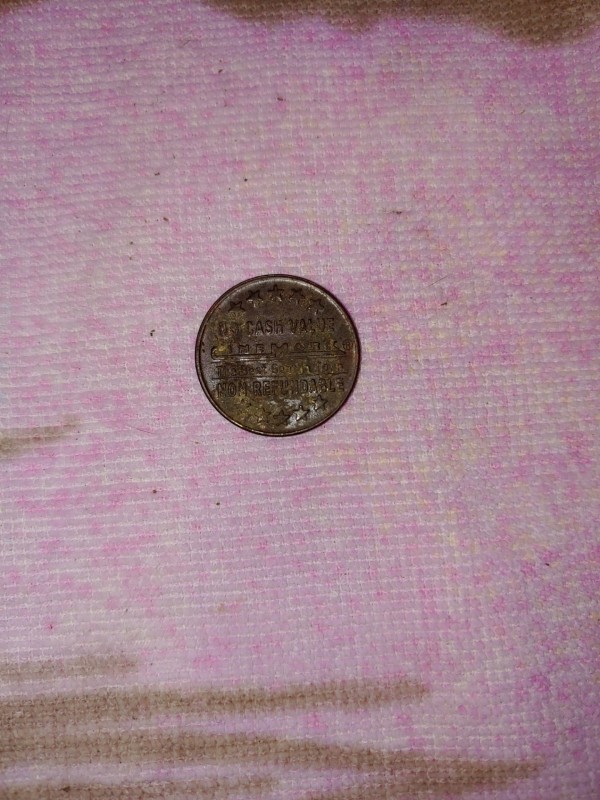
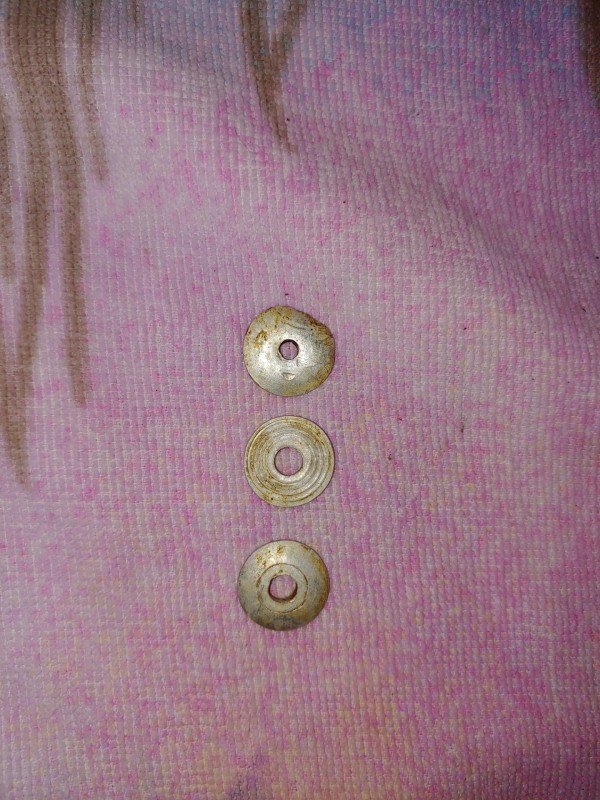
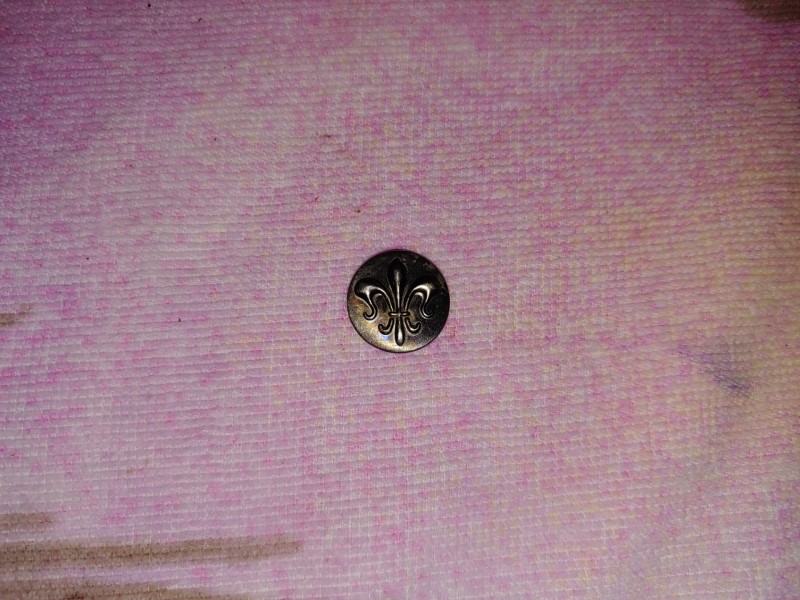
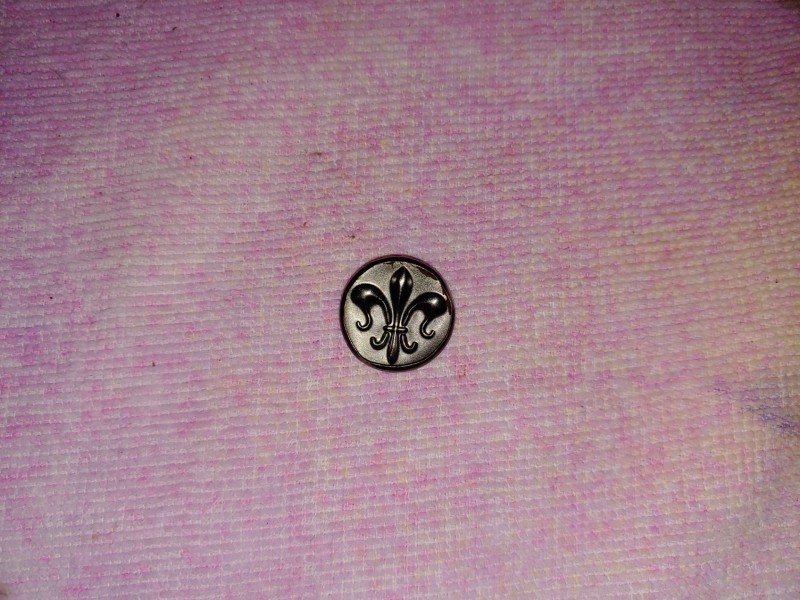
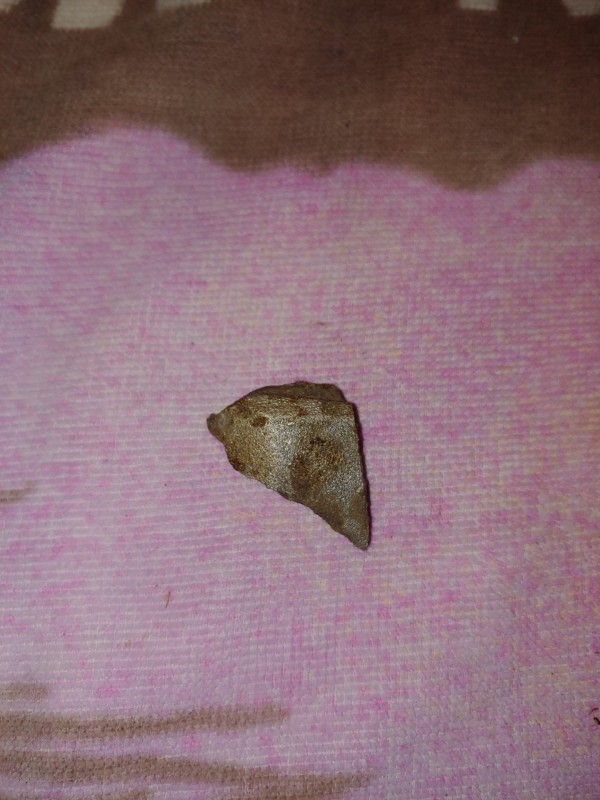
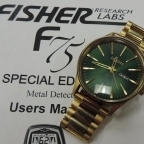
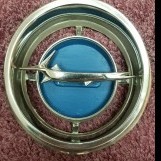
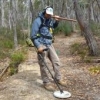
.thumb.jpg.95344db3aeef0a4c6c73420daa366191.jpg)
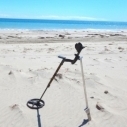
.thumb.jpg.d71314a45f3dc82bf75ac1b96e7e9201.jpg)

